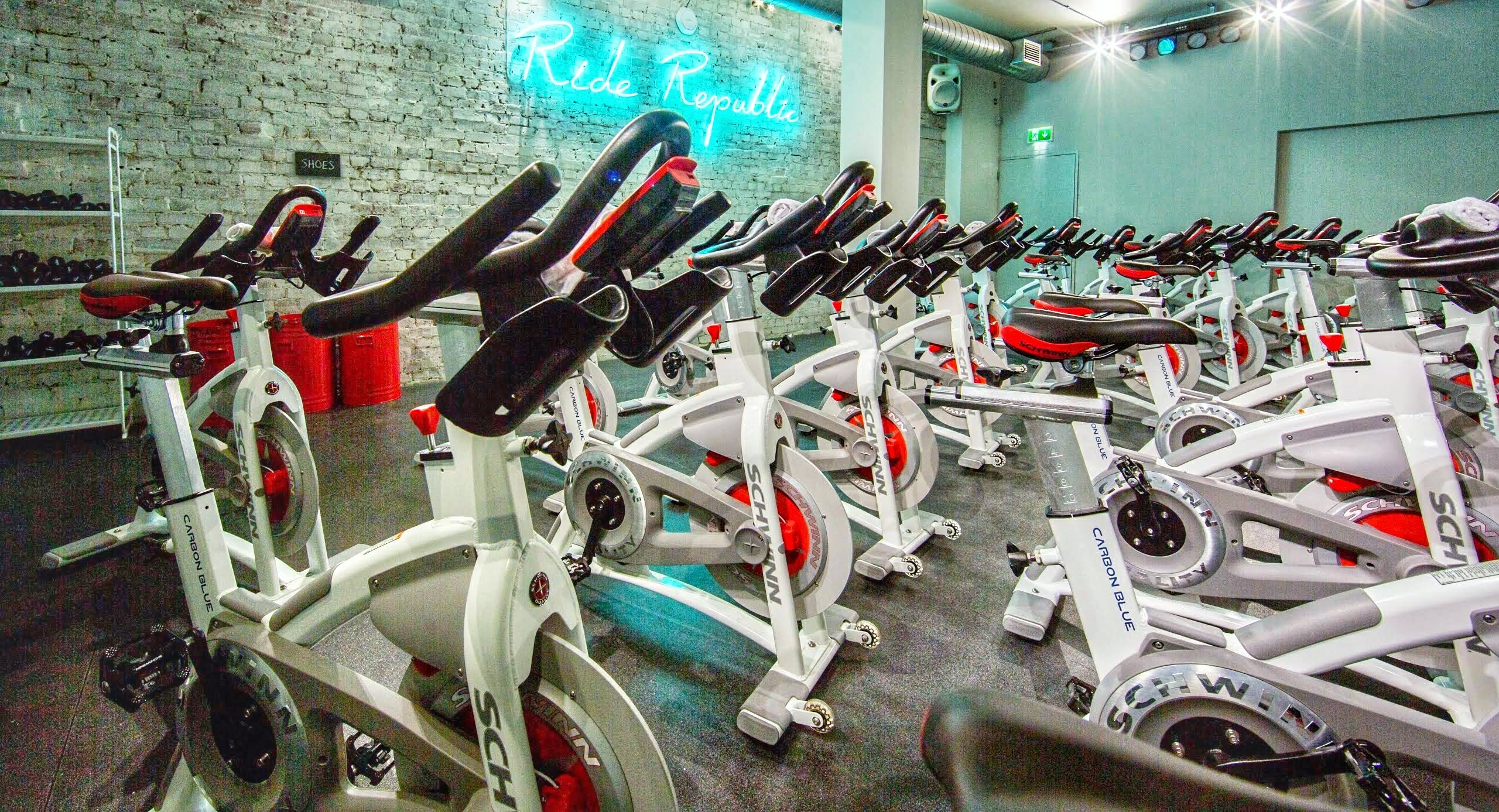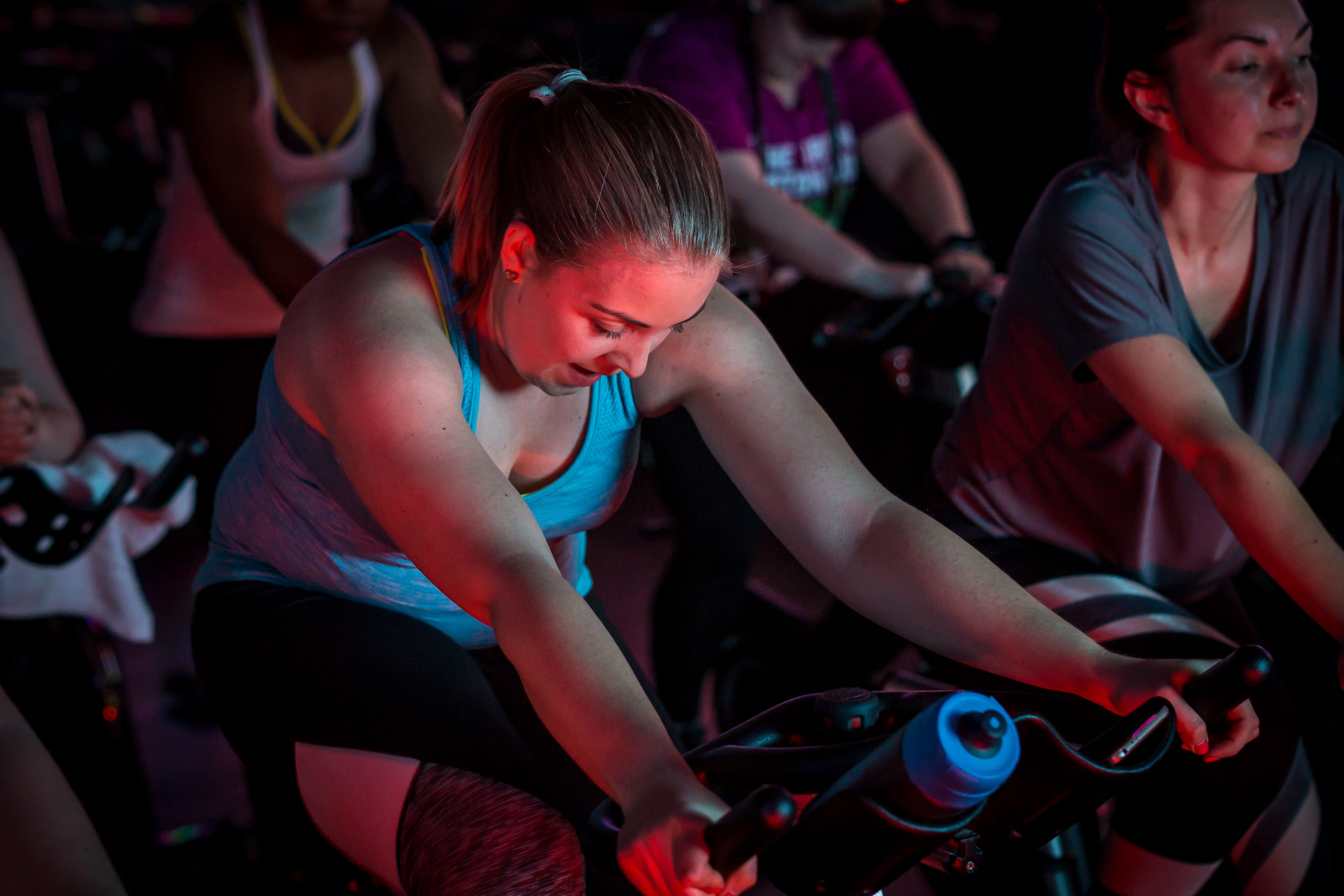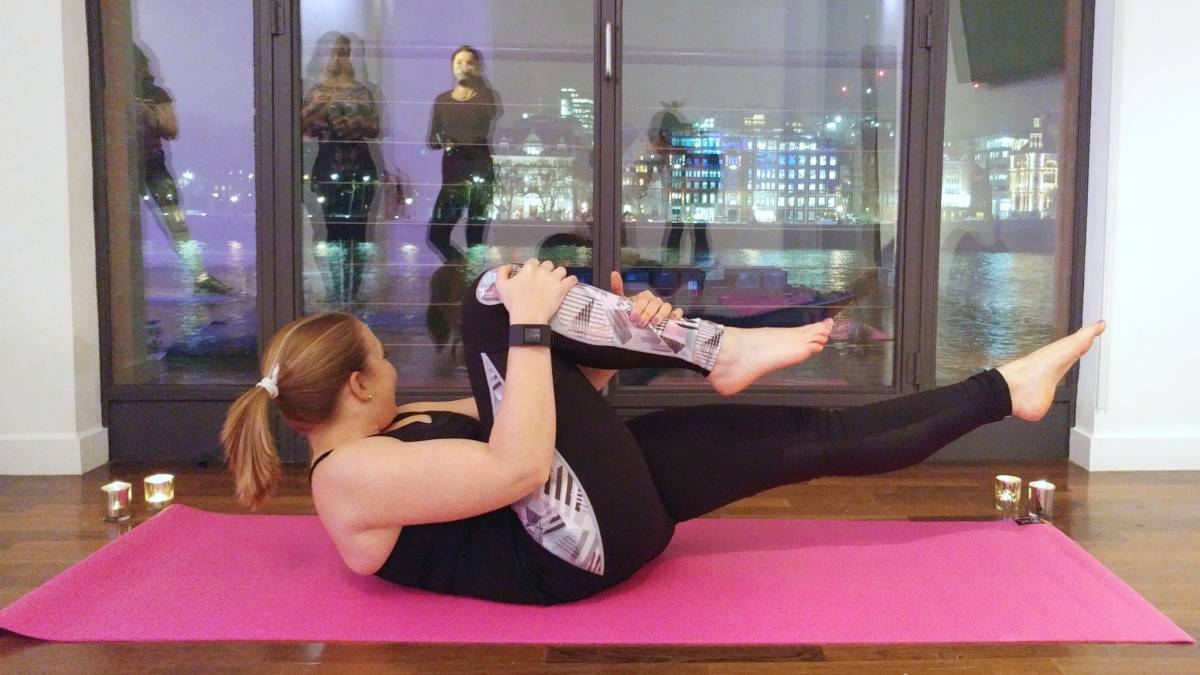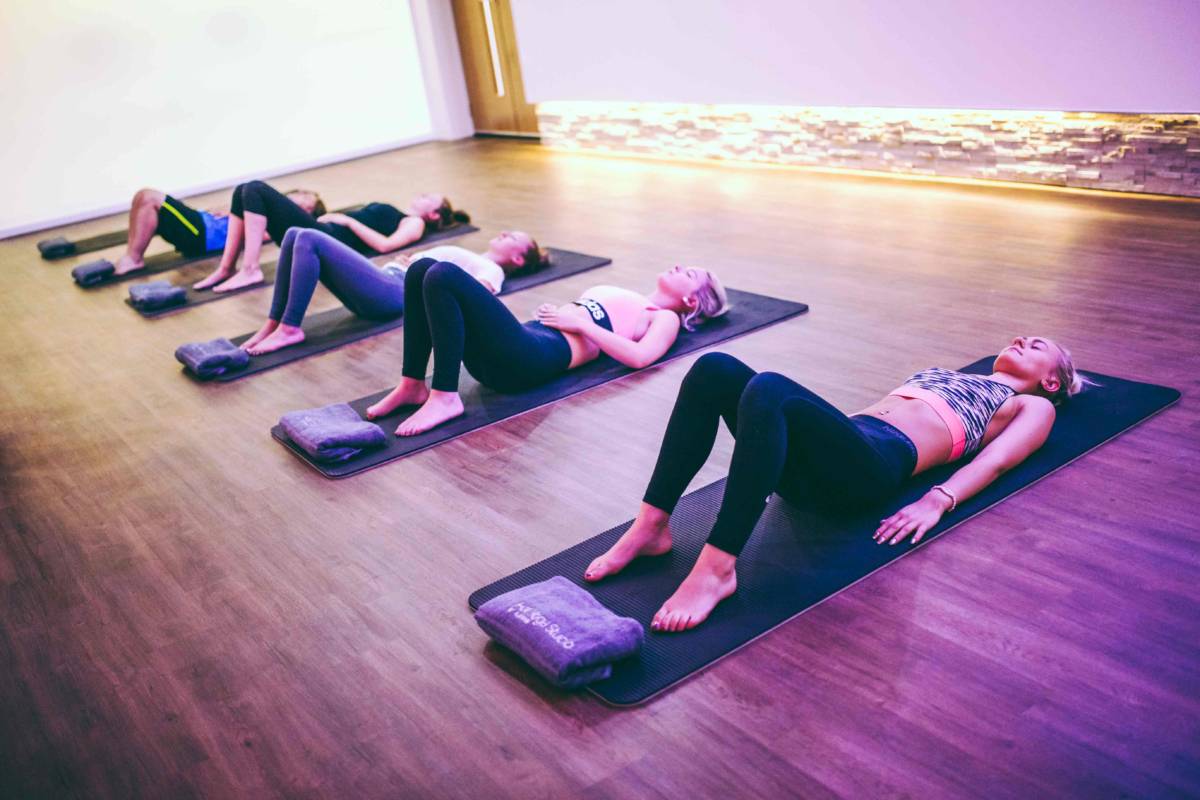I've always been more of a Yoga girl, rather than Pilates- even though the two are really quite different. However, Pilates has become of more interest to me recently in building up my core and lower body strength and stability, and hopefully avoiding any further running injuries!
 |
| Me and Eleah, my instructor for the morning |
The Background to Pilates
 |
| The reformer |
Reformer Pilates uses the same mat-based exercises but adds a bit of variety. The springs can add more resistance to an exercise, and the muscles can be worked through a wide range of motion which can help with toning. Reformer pilates can also be used as a sports-specific cross training tool. It is also fantastic for rehabilitation as it can allow the client to exercise in a horizontal plane of motion and not be vertically loaded. For example if we are treating a lower limb condition and the client’s goal is to get back to running then we can introduce them to low impact exercise fairly early on. This can help to jog muscle memory and enhance the strengthening process to prepare them for the stage when they are ready to fully load their limbs.
What does a typical class involve?
A class is lead by one instructor who will be situated at the front. Numbers can vary depending on where you attend your Pilates, but ideally you would not want more than 10 – 12 people in a class. The class usually starts with mind-based exercise, focusing on posture, breathing, centering and engaging your core muscles. Usually a warm-up in standing is carried out which can last anything from 5 – 20 minutes. The exercises are then brought down to the mats. There may be a theme each week depending on the instructor. The focus may be on control; lower limb strengthening; abdominal toning, or even balance and coordination.
Exercises will tend to flow and different levels of each exercise will be offered so that they are suited to each individual depending on their level of experience. Stretches and spinal mobility work will usually be incorporated throughout the class, and the class will generally finish with a period of stretching and relaxation bringing the focus back to posture and breathing. The class instructor will walk around the room between exercises to check on technique and ensure that everyone is confident with the movements. A class usually lasts between 45 minutes to one hour.
How does Pilates benefit Runners?
- Just like stretching, Pilates can help runners focus on their breathing. By warming up the core and by focusing on the way in which we breathe when exercising, it can help runners breathe more efficiently, using their available lung capacity.
- The repetitive impact that a runner has to endure is huge. The force from each step will travel up from the lower legs and will dissipate through the pelvis to the lower back. By developing core strength, your lumbar spine and pelvis are able to absorb the impact more efficiently
- Pilates can target specific muscles within a specific movement pattern. For example a lot of repetitive strain type injuries in running occur due to poor lower limb biomechanics. By strengthening the core and feeding in correct movement patterns through the repetitive nature of Pilates, the body becomes able to recognise these correct movement patterns until they become subconscious. It is hoped that these movement patterns will then be transferred across to running.
 |
| Pilates to make you STRONG for running |
Pilates Moves for Runners
1. Standing scooter with resistance band
This exercise is great as the movements are very specific to running. The stabilising leg works hard to support the trunk and the resistance band adds a challenge to the glutes.
Beki x







![[STANDALONE FARM] Tractor rides and farm animals galore at @standalonefarm yesterday! 🐖🐄🐑🐎🥰
I love working part-time and having Thursday and Friday as 'Mummy and Arthur days'. It's especially fun now the weather is warming up and we can take day trips to new places in the sunshine ☀️ 💛
My favourite part of our Good Friday adventures was the beautiful foal, Arthur's was definitely the tractors 🚜 - big and small! Swipe to see 👀
.
.
.
#outdoorbloggers #outdooradventures #outdoorfamily #lovetheoutdoors #standalonefarm #toddlerlife #toddleradventures #mumstagram #mumlife #dayoutwiththekids #goodfriday #easterweekend #bedfordshiremums #bedfordmums #BedfordshireDaysOut](https://www.misswheezy.co.uk/wp-content/plugins/instagram-feed/img/placeholder.png)
I can see the benefits but I am never motivated to do this sort of thing. Lots of the exercises look like the ones I did for the Kinetic Revolution prog- I really need to start doing those again.